Bicuspid Aortic Valve (BAV) & Aortic Stenosis
The aortic valve sits between the left sided pumping chamber (called the left ventricle) and the aorta.
» Click here to take an animated tour of the normal heart
The normal aortic valve has 3 flaps or “cusps” that open each time the left heart pumps blood to the body. Translating Bicuspid Aortic Valve into plain English:
- Bicuspid = two cusps or leaflets
- Aortic Valve = the gateway between the left sided pumping chamber and the aorta
Therefore, Bicuspid Aortic Valve (BAV) means having two instead of three cusps in the aortic valve, which sits between the left ventricle and the aorta. Over time, the cusps may thicken and not open freely, so that the left ventricle has to work harder to pump blood out the narrowed valve. Because of the extra work, the heart muscle gets thicker (like a muscle after weight lifting). Narrowing of the aortic valve is called aortic stenosis.
BAVs can also become leakier over time. The left ventricle gets bigger (like a bag with too much fluid) and may become weak, leading to heart failure.
Some people with BAVs can also have a large aorta.
Is this common?
You betcha! Having BAV is very common. Aortic stenosis is the most common complication of a BAV.
If I have BAV, what do I need to know?
Children born with a BAV are often healthy and have no symptoms. The diagnosis may be made after a doctor or nurse hears a ‘click’ or ‘heart murmur’ (= swishing of blood as it moves through the heart).
Some kids have early narrowing of the valve treated with a valvuloplasty done at the time of cardiac catheterization. This involves blowing up a balloon inside the valve to stretch it open.
Many patients with a BAV have no symptoms at all and feel just fine. But problems can occur later in life.
You should tell your doctor about the following symptoms:
- Feeling out of breath with exercise
- Difficulty breathing when lying flat in bed
- Palpitations
- Chest pain
- Dizzy spells with fainting / ‘black-outs’
- Unexplained fever or sweats
Will I need treatment as I get older?
Some patients with an isolated BAV can be followed by any cardiologist. Patients with BAV and other CHDs can have new heart problems when they’re older and need to be followed closely in an Adult CHD centre.
Heart ultrasounds (Echos), CTs and MRIs are used to monitor the strength of the heart and the size of the aorta.
Treatment of aortic valve narrowing may involve:
- Open-heart surgery and insertion of a new valve.
- Cardiac catheter treatment: Some patients may be suitable for a procedure called balloon valvuloplasty. Sorry for the long word – it just means that the doctors open up the narrowed valve using a balloon! Once inside the aortic valve, the balloon can be blown up to stretch open the narrowed valve. Only certain patients are suitable for this procedure and this can be discussed with your cardiologist.
This program was developed by:



